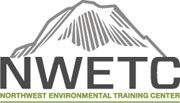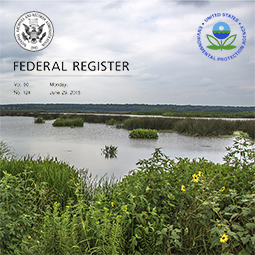**This course is a recording of a live webinar presented in September, 2015. There are three 2-hour sessions. All paid registrants will receive a certificate of completion of 0.6 CEU's**
The Environmental Protection Agency (EPA) published a final rule defining the scope of waters protected under the Clean Water Act… The rule will ensure protection for the nation’s public health and aquatic resources, and increase CWA program predictability and consistency by clarifying the scope of ‘‘waters of the United States’’ protected under the Act…This rule is effective on August 28, 2015.”
- The Final Clean Water Rule, USEPA (link to full document)
Waters of the United States have been defined and redefined by statute, by regulations, and by judicial rulings. With each rule-making, federal jurisdiction, and many states’ and local jurisdictions of waters and wetlands have been significantly altered. Most commonly, the definition is used at various levels of government to define the limits Clean Water Act programs, most commonly for the NPDES (Section 402) and Dredge and Fill Permits (Section 404), but the definitions are also used in a variety of other programs which affect, or may affect water quality. The most recent changes, promulgated by the US EPA, are an attempt to clarify which waters are regulated by these programs, based on past rulings, but keeping with the intent of the Clean Water Act “to restore and maintain the chemical, physical, and biological integrity of the Nation’s waters”
This six-hour webinar reviews and explains changes and clarifications in the newest regulations, and discusses potential challenges to these regulations. Discussions cover how these regulations affect the different regulatory programs. The topic of “significant nexus” and other points of discretion is also examined with potential interpretations being important aspects of the class.
During this informative webinar, Instructor Larry Lodwick reviews the significant changes contained in the rule, highlights some things that have NOT changed, and answers questions from participants regarding specific situations.








